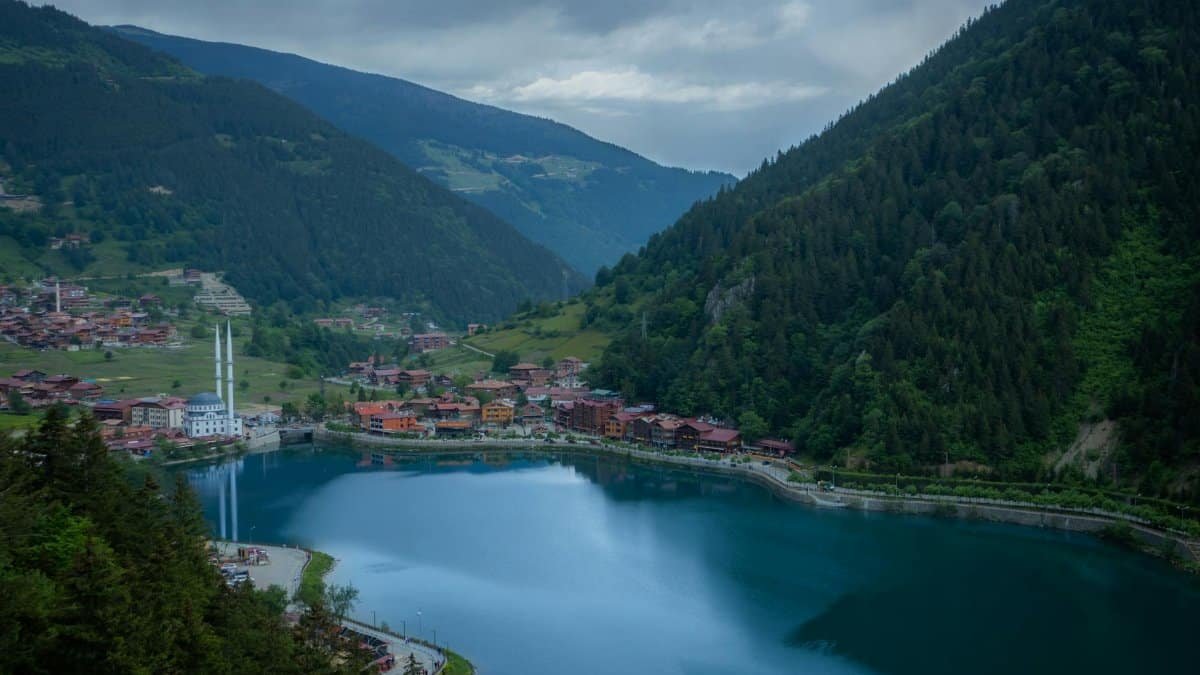In a world where science reigns supreme, it’s intriguing that a 2023 poll by the Chapman University Survey of American Fears found that about 57% of Americans believe in the existence of ancient, advanced civilizations like Atlantis, with many extending that credulity to mythical creatures lurking in lakes. This fascination isn’t just about thrills; it often ties into deeper human narratives. Enter the lake monster lesson: these legendary beasts, from shadowy depths to foggy shores, serve as metaphors for our own egos—puffed-up pride that leads to downfall, or the humility gained from confronting the unknown. Across U.S. local legends and beyond, these tales whisper warnings about hubris, reminding us that what lies beneath the surface can humble even the mightiest. As we delve into nine such monsters, we’ll uncover how folklore mirrors the perilous dance between self-importance and self-awareness, offering timeless insights for our ego-driven age.
1. The Loch Ness Monster: The Perils of Unchecked Ambition
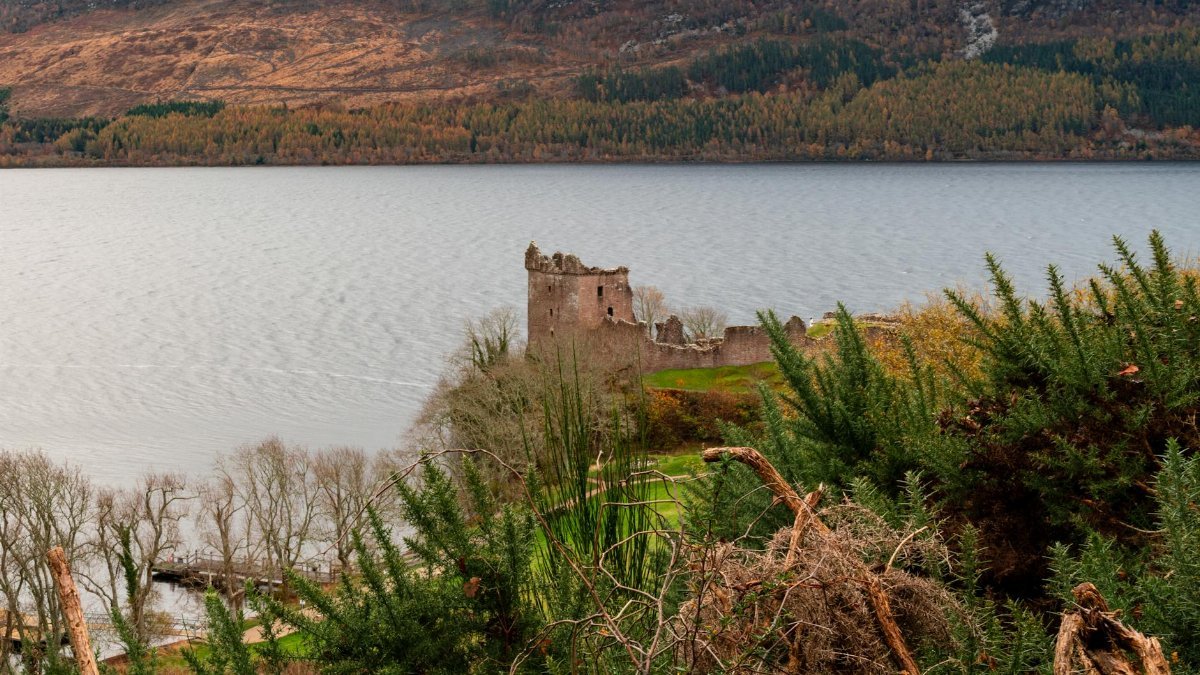
Deep in Scotland’s Loch Ness, tales of Nessie have captivated imaginations since the sixth century, when Saint Columba supposedly repelled a water beast. But for Americans, Nessie hit pop culture through grainy photos and expeditions, symbolizing the ego’s relentless pursuit of fame. Think of the hoaxers and seekers who’ve chased glory, only to face ridicule. This lake monster lesson hits home: ambition without evidence can inflate the self, leading to isolation, much like Nessie’s elusive form. A study from the Smithsonian Magazine explores how such myths persist, fueled by our desire to believe in something grander than ourselves.
Consider a modern twist. Online discussions often reveal frustrations with personal quests mirroring Nessie’s hunt—people pouring resources into unattainable goals, only to realize their ego blinded them to reality. It’s a narrative arc from boastful certainty to humble retreat, teaching that true discovery demands letting go of preconceived notions.
Yet, there’s complexity here. Some researchers argue Nessie represents collective ego, a societal need to mythologize the mundane. When expeditions fail, it’s not just personal defeat; it’s a blow to shared illusions. This duality adds depth, showing ego isn’t always villainous but requires balance.
2. Champ of Lake Champlain: Vanity in the Mirror of the Depths

Picture the serene waters of Lake Champlain, straddling New York and Vermont, where sightings of Champ date back to Indigenous Abenaki stories of a horned serpent. European settlers spun it into a plesiosaur-like creature, boosting local tourism. The ego lesson? Vanity’s reflection: just as Champ’s image shifts with each telling, our self-perception warps under scrutiny. Ego inflates when we see only what flatters, but the monster’s ambiguity forces humility—admitting we might be wrong about what we “know.”
One anonymized account from a public forum described a boater’s encounter: “I swore I saw it, felt like a hero spotting a legend. Turned out to be a log, and I had to eat crow with my friends.” Such snippets illustrate the fall from self-assuredness. For credibility, the Vermont Folklife Center archives these tales, highlighting their role in cultural identity.
Delving further, Champ’s legend intersects with environmental ego. Communities proud of their “monster” overlook pollution threats, a hubris that could doom the lake. It’s a reminder: unchecked pride harms not just individuals but ecosystems.
3. Ogopogo of Okanagan Lake: The Illusion of Control

From British Columbia’s Okanagan Lake emerges Ogopogo, a serpentine entity rooted in Syilx Indigenous lore as N’ha-a-itk, a spirit demanding respect. Colonizers rebranded it a monster, sparking hunts that underscore ego’s illusion of dominance over nature. The lesson is stark: believing we can conquer the unknown often leads to folly, humbling us when waves reveal our limits.
Historical attempts to capture Ogopogo, like 1930s expeditions, mirror corporate egos today—leaders charging ahead without heeding warnings. A report from Canada’s History details how these stories blend myth with ecology, teaching restraint.
But let’s flip it. In quieter moments, Ogopogo invites reflection. What if the monster is our projected fears? Ego thrives on control, yet surrendering to mystery fosters growth. This tension makes the legend enduring.
4. Tahoe Tessie: Pride’s Slippery Slope
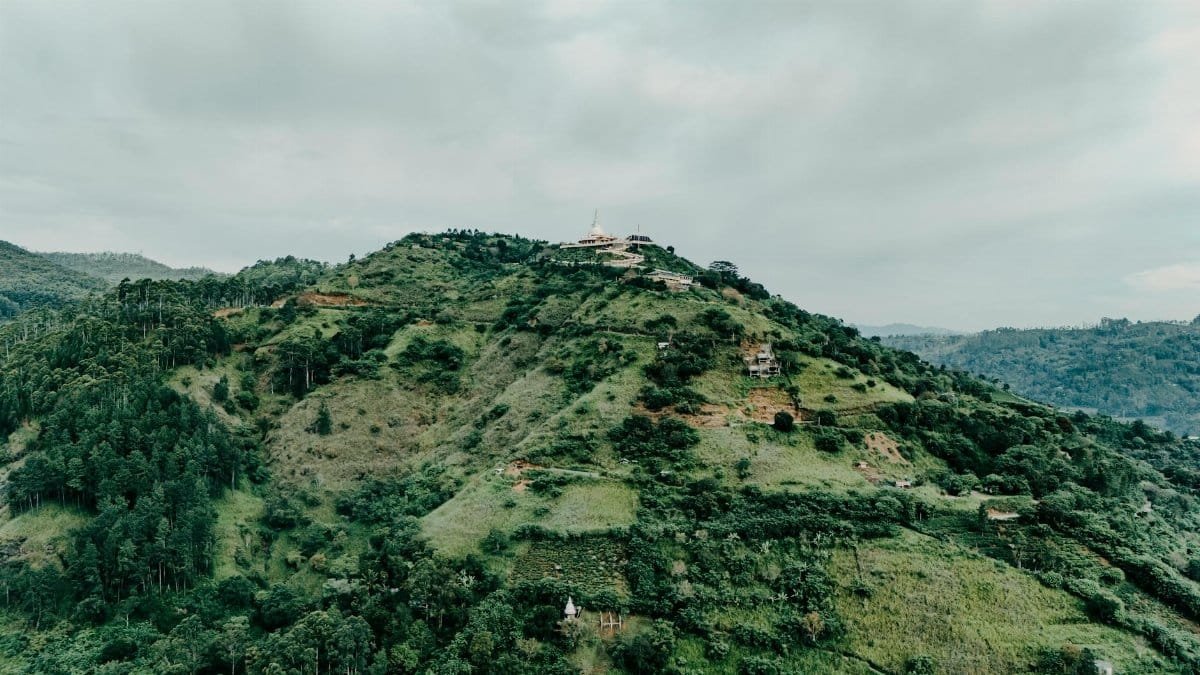
Nestled in California’s Lake Tahoe, Tessie whispers of a creature sighted since the 1800s, perhaps inspired by Washoe Tribe tales. Tourists flock, cameras ready, embodying ego’s slippery slope: the thrill of being “the one” to prove it, only to slide into disappointment. This lake monster lesson warns against pride’s precarious footing—overconfidence leads to falls.
Imagine a family vacation turned quest. Dad boasts of spotting Tessie; kids roll eyes as it proves a ripple. Such everyday stories ground the myth in human foibles. Insights from the U.S. Forest Service’s Lake Tahoe Basin Management Unit tie these legends to conservation, showing how ego-driven exploitation threatens pristine waters.
Nuance arises in Tessie’s adaptability. As climate changes alter lakes, the legend evolves, urging us to humble our impact. It’s not just about personal ego but planetary humility.
5. The Flathead Lake Monster: Inflated Expectations

Montana’s Flathead Lake harbors a beast reported since 1889, with over 100 sightings of a eel-like giant. Ego’s role? Inflated expectations: witnesses embellish tales for attention, ballooning myths until they burst under scrutiny. The lesson encourages deflating self-importance for clearer vision.
Anecdotes abound, like fishermen swearing by massive shadows, only for sonar to reveal sturgeon. This humbling gap between perception and reality is key. For depth, a piece from the Montana Natural History Center examines how such folklore preserves biodiversity awareness.
Yet, there’s a positive spin. Embracing the unknown without ego’s filter can spark wonder, turning potential embarrassment into communal storytelling.
6. Bear Lake Monster: The Weight of Legacy
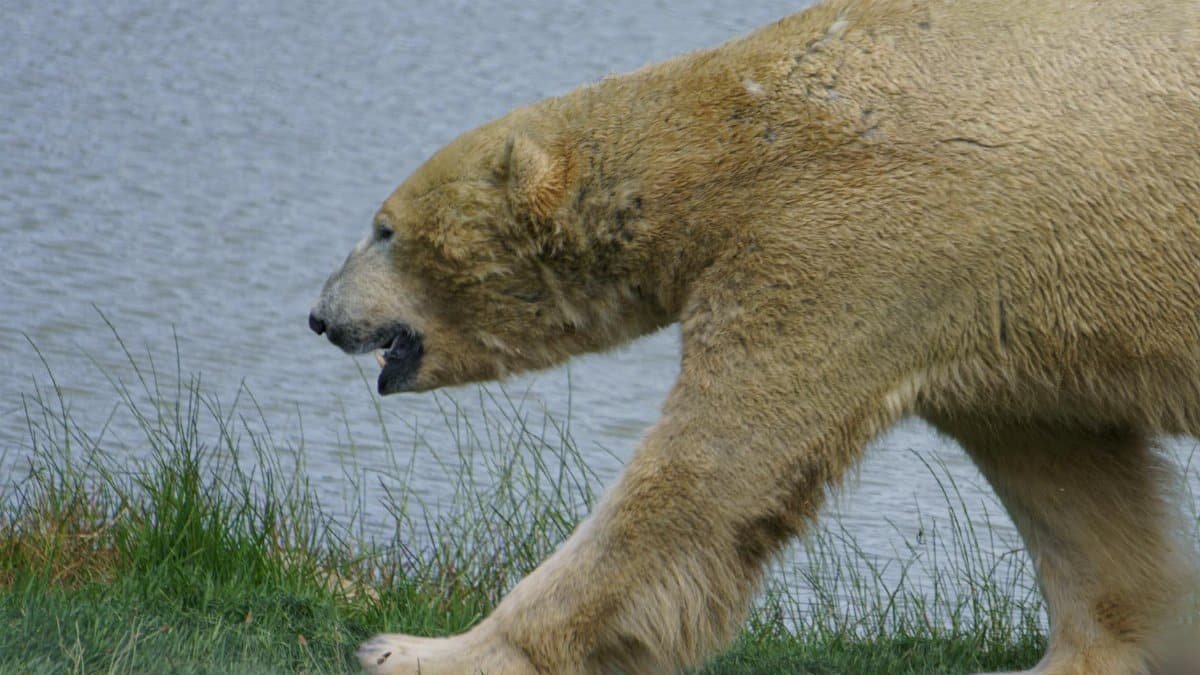
Straddling Utah and Idaho, Bear Lake’s monster emerged in 1868 newspaper hoaxes, evolving into a bear-serpent hybrid. It teaches about ego’s weighty legacy: pride in ancestral tales can burden us, demanding we question inherited beliefs for true humility.
Generations pass down sightings, each adding flair. But when science debunks, egos clash—defenders versus skeptics. A historical overview from Utah Department of Heritage and Arts traces this evolution, linking it to pioneer bravado.
Reflect on the tension: honoring tradition without ego’s rigidity allows growth. It’s a delicate balance, much like navigating the lake’s depths.
7. Cressie of Crescent Lake: Shadows of Self-Deception
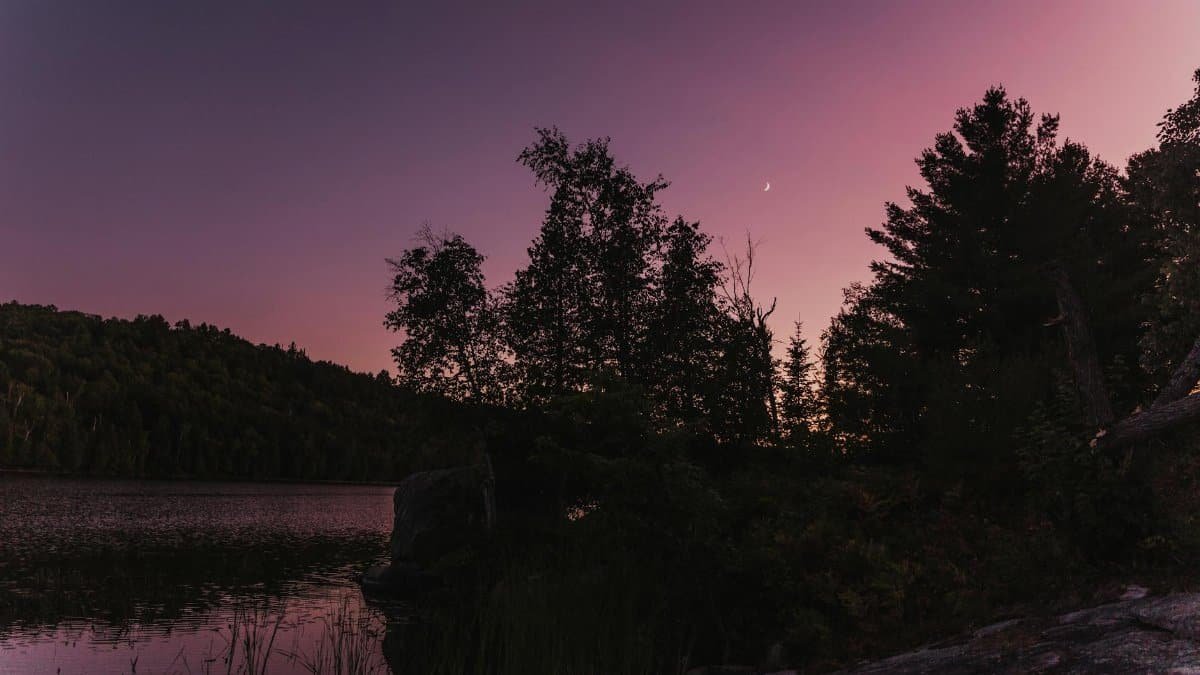
In Newfoundland’s Crescent Lake, Cressie slithers through lore as an eel giant, sighted since the 1950s. The ego lesson shadows self-deception: we project inner turmoil onto external “monsters,” avoiding the humility of introspection.
One shared account online spoke of a diver’s terror, later attributed to nerves. Such revelations strip away illusions. The Heritage Newfoundland and Labrador site documents these, emphasizing cultural shadows.
Complexity lies in Cressie’s elusiveness, mirroring how ego hides truths. Confronting it brings light.
8. Manipogo of Lake Manitoba: The Echo of Arrogance
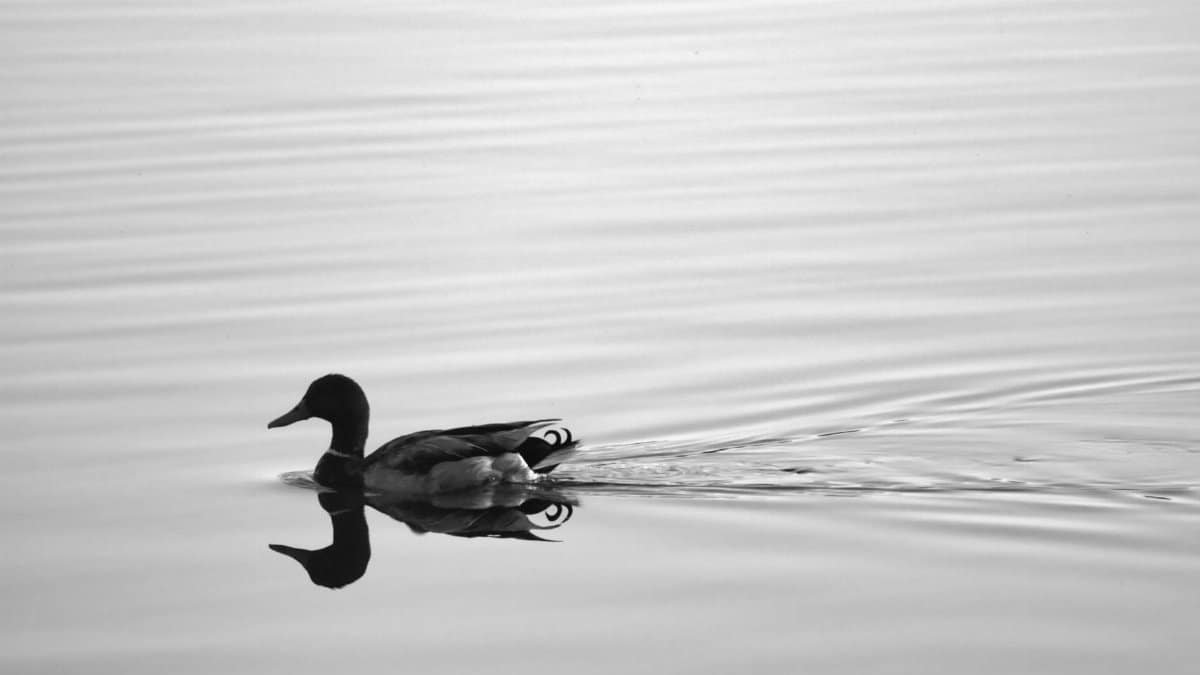
Manitoba’s Manipogo, kin to Ogopogo, echoes arrogance in its name—perhaps from “manitou,” spirit. Sightings since the 1900s highlight ego’s echo: boasts reverberate, amplifying folly until humility silences them.
Hunters’ failed pursuits underscore this. A chronicle from Manitoba Museum connects it to Indigenous reverence, contrasting with settler hubris.
But echoes can harmonize. Learning from failures turns arrogance into wisdom.
9. The Altamaha-ha: Currents of Conceit
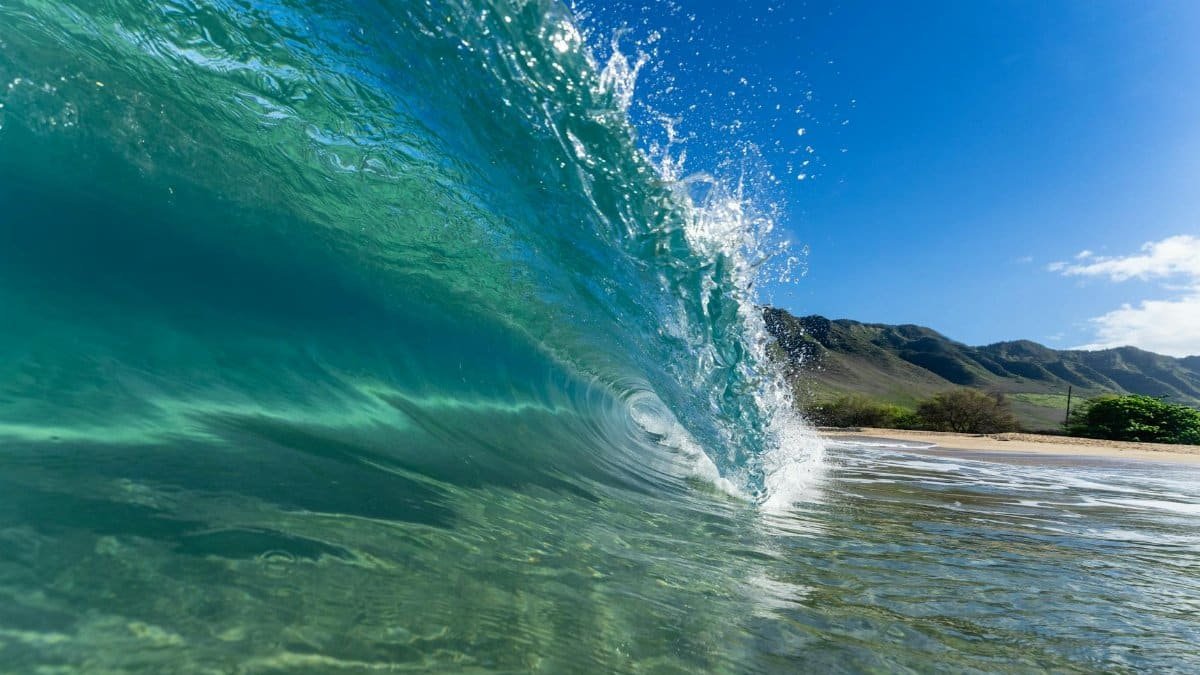
Though riverine, Georgia’s Altamaha-ha haunts watery legends, a serpentine beast from Muscogee tales. It teaches about ego’s currents: conceit pulls us under, but riding humility’s flow leads to shore.
Tour guides spin yarns, egos swelling with each retelling. Yet, floods remind of nature’s power. Insights from the New Georgia Encyclopedia frame it ecologically.
In wrapping these tales, the lake monster lesson endures: ego, like these beasts, lurks deep, but surfacing it with humility enriches our stories.
